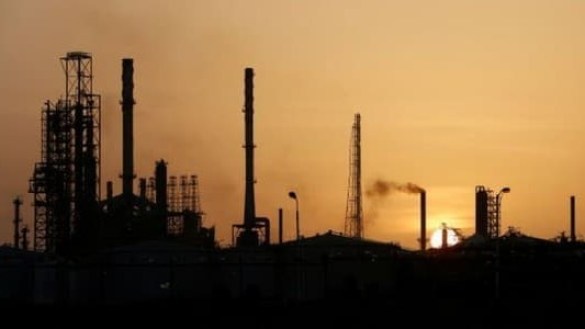
Venezuela used to be one of the top refining hubs not only in the Americas but probably in the world, with the Complejo Refinador Paraguana (Refining Complex of Paraguana) located in the western part of the country, being the single largest refining center of the region with a processing capacity of close to 2MMBD. The domestic refining industry kept Venezuela’s gas stations well supplied, but this is by no means the case anymore in 2022.
By Oil Price – Jose Chalhoub
Sep 08, 2022
Ever since the start of the Bolivarian revolution, Venezuela’s oil and gas industry has been struggling, and refining has been the hardest hit. Rampant corruption, lack of investment, and poor allocation has led to decaying refineries, which due to a serious lack of maintenance have become dangerous workplaces. To make matters worse, many skilled workers have left state-owned oil company PDVSA to find better jobs outside of Venezuela. Consequently, accidents have become commonplace, impacting every single refining unit on Venezuelan soil. One of the most dramatic accidents in the local refining sector happened at the Amuay complex on August 25th, 2012. 10 years later, the processing capacity of the refinery complex still hasn’t recovered. Currently, the refinery processes a mere 120,000 bpd, a fraction of its abovementioned capacity.
The refinery crisis in Venezuela has not just caused large lines at the pumps, it has also become a headache for the Maduro administration, which has for a long time taken credit for selling its citizens the cheapest gasoline in the world. Anno 2022, Venezuela has turned into a net importer of refined products.
In what has become a shift of policy, President Nicolas Maduro has turned to allies such as Iran for additional gasoline imports, leaving little intact of the original Petrocaribe agreement, under which Venezuela was supposed to supply friendly Latin-American nations with crude and refined products. Venezuela’s dwindling crude exporters and refined product supply in the region have given the U.S. an opportunity to expand its footprint as an energy influencer in the region.
Irán steps in to save Venezuela’s troubled refining sector
With both countries under U.S. sanctions, the Maduro regime pivoted to Irán not just for refined products in early 2020, but also for help in restoring processing capacity at the PDVSA’s struggling refineries.
Both countries recently signed a 20-year swap deal in an effort by PDVSA to obtain lighter crudes and condensates from Iran in order to increase local gasoline production. The state-owned oil major is looking to ramp up fuel production in an environment still plagued by frequent accidents and explosions at its Cardon, Amuay, El Palito and Puerto La Cruz refineries. Next to this, the dollarization of gasoline prices have effectively ended the era of the cheapest gasoline in the world in Venezuela.
The swap deal with Iran is a first step in raising fuel production, but without massive investments needed to revamp the entire oil sector in Venezuela, gasoline and distillates production isn’t going anywhere. Industry experts have estimated that PDVSA needs around $60 billion to reinvigorate and upgrade its decades-old refineries.
…
Read More: Oil Price – Venezuela’s Refinery Crisis is far from Over
…

